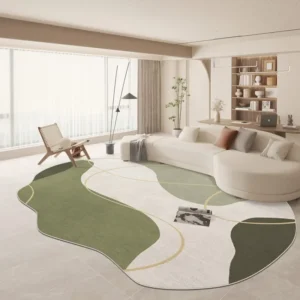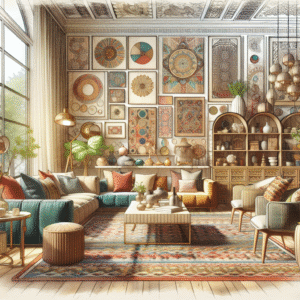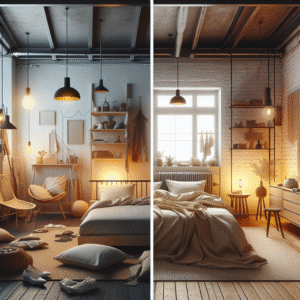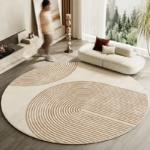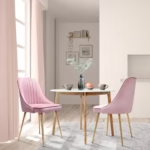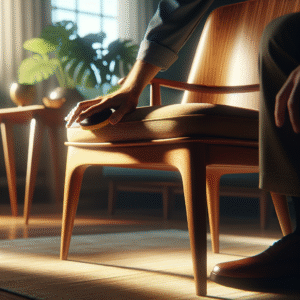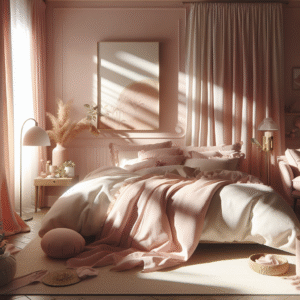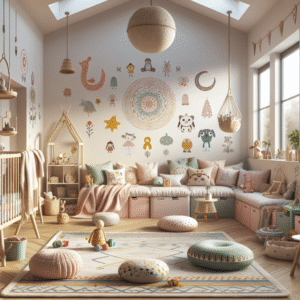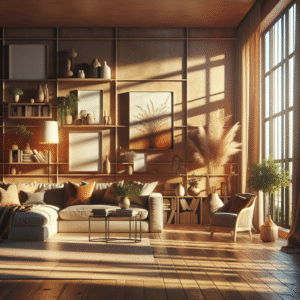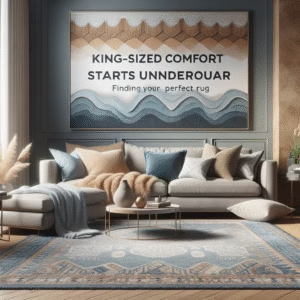Have you ever walked into a room filled with plants and felt instantly at peace? Or perhaps you noticed how a well-lit, nature-inspired office boosted your productivity? You aren’t alone. Biophilic design elements are gaining traction as they harness our innate connection to nature, improving overall wellness in various environments—from homes to workplaces. In this comprehensive guide, we will explore what biophilic design is, its significance for health and wellness, and actionable ways you can implement these elements in your own space.
Here’s what you’ll learn: We’ll cover foundational concepts of biophilic design, illustrate its impact on well-being, provide practical steps for implementation, and share inspiring case studies. So, let’s dive into the world of biophilic design and discover how it can fundamentally transform your environment.
Understanding Biophilic Design
Biophilic design is centered around the idea that humans have an inherent connection to nature. This approach contrasts with traditional design principles that often isolate people from the natural world.
The Science Behind Biophilia
Research supports the benefits of biophilic design. Studies show that exposure to nature can lower stress, enhance mood, and even increase productivity.
Here are some compelling statistics:
- A study by the University of Queensland shows that plants in the workplace can increase productivity by up to 15%.
- Research from the Journal of Environmental Psychology indicates that views of nature can significantly reduce stress levels.
Key Elements of Biophilic Design
Several key elements characterize biophilic design, making it not just an aesthetic choice, but a lifestyle improvement tool. These include:
Natural Light
Maximizing natural light in a space contributes to health and well-being. Studies indicate that natural lighting can help regulate sleep patterns, improve mood, and enhance overall productivity.
Indoor Plants
Introducing greenery within interior spaces not only purifies the air but also creates a sense of comfort. Research shows that presence of plants can lower levels of anxiety and depression.
Natural Materials
Using materials such as wood, stone, and clay provides a tactile connection to nature. These materials do not only serve aesthetic purposes; they can evoke feelings of restfulness and peace.
Implementing Biophilic Design in Your Space
Incorporating biophilic design elements into your space doesn’t have to be overwhelming. Here are practical steps to get started:
1. Assess Your Current Space
Before making any changes, evaluate your existing environment. Identify areas where you might feel disconnected from nature.
2. Maximize Natural Light
Consider removing heavy drapes or relocating furniture to allow more sunlight in. Mirrors can also be strategically placed to reflect light.
3. Introduce Indoor Plants
Begin with easy-to-maintain plants like snake plants or pothos. Gradually increase your collection, aiming for a variety of sizes and types to create visual interest.
4. Use Natural Materials
Incorporate wood furniture, stone accents, and textiles made from natural fibers. This not just enhances aesthetics but also improves the air quality and feel of your space.
Case Studies: Successful Biophilic Designs
A study of different successful implementations of biophilic design shows significant improvements in health, productivity, and mood:
Chicago’s Biophilic Office Spaces
Companies like Steelcase have integrated biophilic design into their office environments, resulting in a 25% boost in employee satisfaction and creativity. Their strategic use of plants, natural light, and open spaces contributes to this increase in workplace happiness.
The Eden Project in the UK
A prominent example, The Eden Project, creatively utilizes biophilic principles to foster conversations surrounding sustainability while enhancing the visitor experience. Post-visit surveys indicated improved mood and reduced stress levels among attendees.
Challenges and Solutions to Implementing Biophilic Design
Despite its many benefits, implementing biophilic design can come with challenges:
Budget Constraints
While some elements may seem pricey, start small. A few strategic plants can make a significant difference without a large investment.
Space Limitations
In smaller areas, consider vertical gardening or using reflective surfaces to multiply the impact of light and plants.
Conclusion: Transforming Spaces for Better Wellness
Biophilic design elements can significantly enhance our wellness, making our environments healthier and more enjoyable. By integrating natural elements into our spaces, we can improve everything from our productivity to our mental health. Take the first steps today by assessing your environment and slowly introducing changes that can yield incredible benefits.
For more insights on creating spaces that nurture well-being, be sure to explore our related articles!
FAQs
What is biophilic design?
Biophilic design is integrating natural elements into built environments, promoting well-being and enhancing the connection to nature.
How can biophilic design benefit my workplace?
Biophilic design can boost productivity, reduce stress, and enhance employee satisfaction through exposure to natural elements.
What types of plants are best for indoor spaces?
Some great options include snake plants, pothos, and peace lilies, which are low-maintenance and purify the air.
Can biophilic design be effective in small spaces?
Yes! Utilizing vertical gardens and reflective surfaces can maximize the benefits even in limited areas.
Content Disclaimer
The information provided in this article is for educational purposes only and not professional advice. Consult healthcare providers for medical concerns or financial advisors for financial matters. Results may vary based on individual circumstances.
Categories
- Accent Walls & Ceilings (17)
- Art Curation & Gallery (32)
- Bedding Style Trends (42)
- Bedroom Makeover (37)
- Bohemian & Eclectic Styles (17)
- DIY & Budget-Friendly Decor (16)
- Eco-Friendly Design (17)
- Furniture Care (36)
- Home Decor & Design Ideas (104)
- Home Wellness Spaces (17)
- Integrated Outdoor Living (16)
- Kids and Nursery Decor (17)
- Living Room Decor (37)
- Minimalist & Japandi Style (20)
- Mix & Match Techniques (36)
- Modern & Contemporary Design (16)
- Rug Sizing & Placement (36)
- Seasonal Home Decor (39)
- Small Space Solutions (21)
- Wall Art & Painting Tips (39)
Recent Posts
Recent Comments
Archives
Product Gallery
-
 Large Area Green Rugs for Bedroom Nordic Living Room Decoration Shaped Carpet Irregular Plush Lounge Rug Home Thick Washable Mat Rated 5.00 out of 5$57.07 – $359.83Price range: $57.07 through $359.83
Large Area Green Rugs for Bedroom Nordic Living Room Decoration Shaped Carpet Irregular Plush Lounge Rug Home Thick Washable Mat Rated 5.00 out of 5$57.07 – $359.83Price range: $57.07 through $359.83 -
 Nordic Style Rugs for Bedroom Morandi Living Room Decoration Carpet Large Area Geometry Lounge Rug Home Cloakroom Non-slip Mat Rated 5.00 out of 5$40.98 – $620.81Price range: $40.98 through $620.81
Nordic Style Rugs for Bedroom Morandi Living Room Decoration Carpet Large Area Geometry Lounge Rug Home Cloakroom Non-slip Mat Rated 5.00 out of 5$40.98 – $620.81Price range: $40.98 through $620.81 -
 Irregular Shapes Living Room Decoration Carpet Modern Style Rugs for Bedroom Home Thicken Plush Rug Fluffy Soft Lounge Floor Mat Rated 4.75 out of 5$57.89 – $360.12Price range: $57.89 through $360.12
Irregular Shapes Living Room Decoration Carpet Modern Style Rugs for Bedroom Home Thicken Plush Rug Fluffy Soft Lounge Floor Mat Rated 4.75 out of 5$57.89 – $360.12Price range: $57.89 through $360.12





